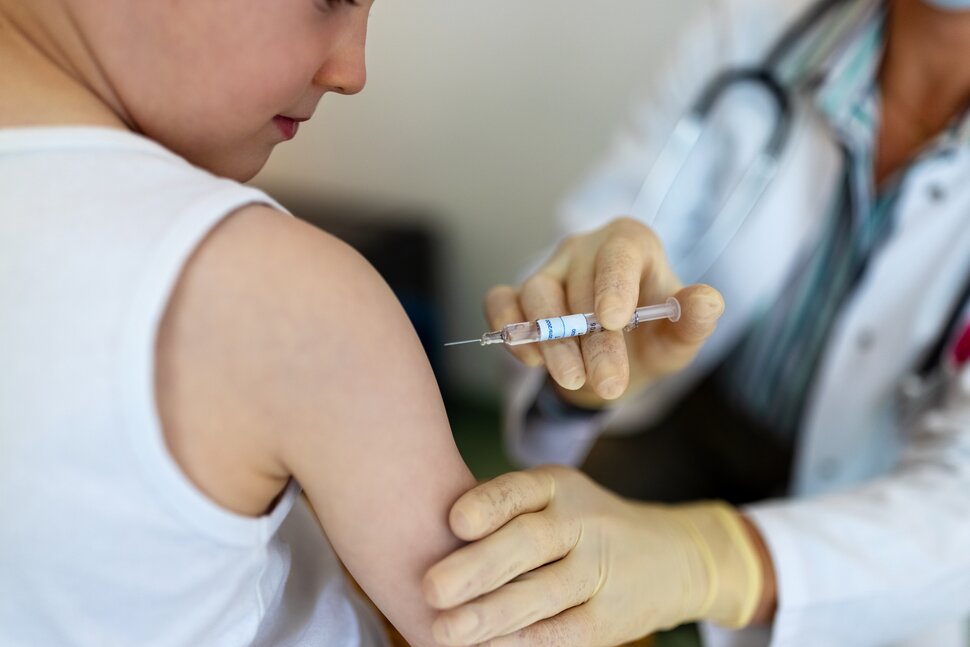

A Shot at Success: Ensuring Equitable Immunization Access for a Healthy School Year
Ensuring equitable immunization access for a healthy school year is crucial for the overall well-being and academic success of students. Immunizations protect children from serious diseases and prevent the spread of infectious illnesses within the school community. However, access to immunizations can be influenced by various factors, including socioeconomic status, geographic location, cultural beliefs, and healthcare disparities. To address these challenges and promote equitable immunization access, several strategies can be implemented.
1. Education and Awareness Campaigns:
Schools can play a vital role in educating parents, students, and staff about the importance of immunizations. This can be done through informational flyers, newsletters, and school websites. Hosting informational sessions or inviting healthcare professionals to speak at parent-teacher meetings can also help dispel myths and misconceptions surrounding vaccines. Providing evidence-based information about the safety and effectiveness of vaccines can help parents make informed decisions.

2. Mobile Immunization Clinics:
In areas where access to healthcare facilities is limited, mobile immunization clinics can be an effective solution. These clinics can visit schools and provide vaccinations on-site, eliminating the need for parents to take time off work or arrange transportation. Mobile clinics can also offer vaccines at community centers or other convenient locations, ensuring that all children have equal access to immunizations.
3. Collaboration with Healthcare Providers:
Schools can collaborate with local healthcare providers to streamline immunization access. This can involve partnering with pediatricians, family physicians, or community health clinics to offer immunization services within the school premises or nearby healthcare facilities. By working together, schools and healthcare providers can identify and address barriers to immunization access, such as cost, transportation, or language barriers.
4. Vaccine Outreach Programs:
Vaccine outreach programs can target vulnerable populations who may face additional barriers to immunization access. For example, low-income families may be eligible for free or reduced-cost vaccines through programs like the Vaccines for Children (VFC) program in the United States. Schools can partner with local health departments or non-profit organizations to ensure that eligible families are aware of these programs and can access the necessary vaccines.
5. Addressing Vaccine Hesitancy:
Vaccine hesitancy, fueled by misinformation and fear, can hinder immunization access. Schools can address vaccine hesitancy by providing accurate information about vaccines, addressing concerns, and promoting open dialogue between healthcare professionals and parents. Utilizing social media platforms, websites, or informational videos can help reach a wider audience and debunk vaccine myths.
Related Posts
© 2025 Invastor. All Rights Reserved

User Comments